Combination oil and gas chandelier?
jlc102482
12 years ago
Related Stories
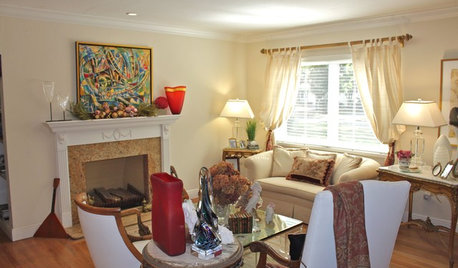
HOUZZ TOURSMy Houzz: Cozy Combination of Antiques and Art
Colorful Cuban artwork and a refined antique collection define a South Florida home
Full Story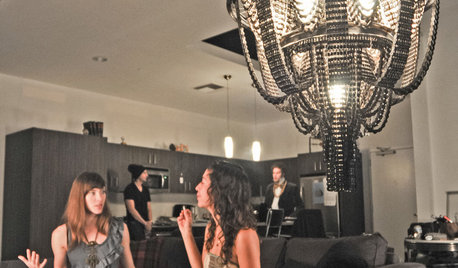
SALVAGEBike-Chain Chandeliers You've Got to See
Take a video ride with us to see how an artist creates amazing lighting fixtures solely from bike parts
Full Story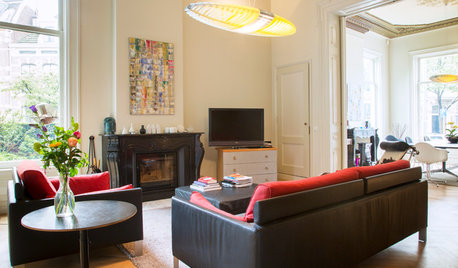
MY HOUZZMy Houzz: Renovation Brings Energy Efficiency to a Netherlands Home
A family of 5 tackles a potentially large gas and electric bill in a 19th-century house
Full Story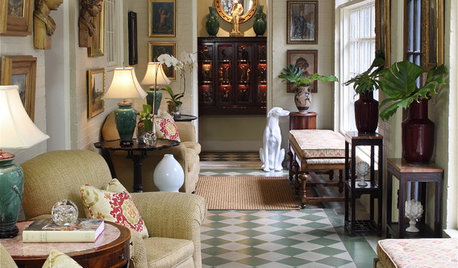
LIGHTINGDecorating With Antiques: Set the Stage With Lighting
Complete a vintage scene or create contrast with lamps, sconces and chandeliers that have traveled through time
Full Story
LIVING ROOMSHow to Convert Your Wood-Burning Fireplace
Learn about inserts and other options for switching your fireplace from wood to gas or electric
Full Story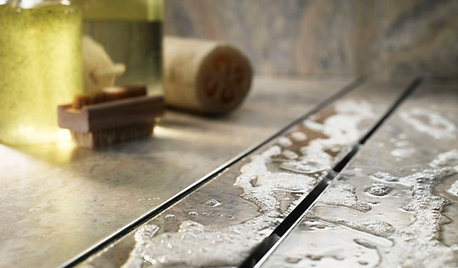
HOUSEKEEPING12 Cleaning Projects That Go a Little Deeper — Naturally
Eucalyptus oil for germy door handles. Baking soda for oven grime. Here are nontoxic solutions for often-overlooked cleaning jobs
Full Story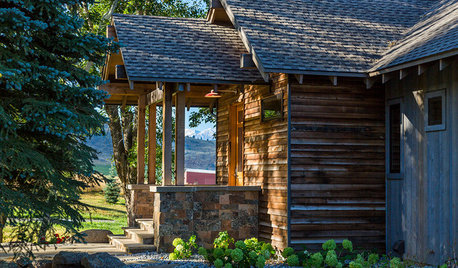
RUSTIC STYLEHouzz Tour: A Fly Fisher’s Dream Along the Yellowstone River
This new home combines local ranch style with contemporary elements, including energy efficiency
Full Story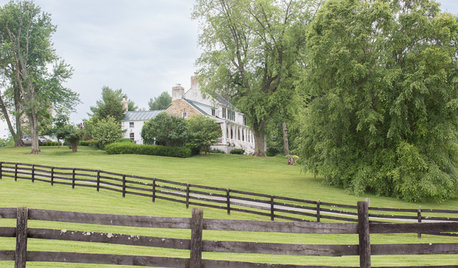
MY HOUZZMy Houzz: Farmhouse Style in a Virginia Bed-and-Breakfast
A country home includes gorgeous grounds, whimsical spaces, a barn as a wedding venue and chandeliers throughout
Full Story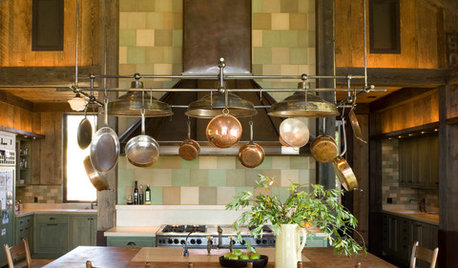
KITCHEN DESIGN12 Rustic Touches That Add Warmth to a Kitchen
Exposed beams, chandeliers, farm tables or just a key accessory or two can bring some coziness to the heart of your home
Full Story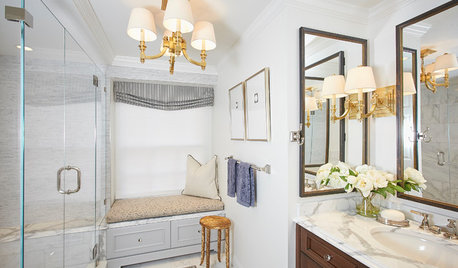
ROOM OF THE DAYRoom of the Day: Small Master Bath Makes an Elegant First Impression
Marble surfaces, a chandelier and a window seat give the conspicuous spot the air of a dressing room
Full StoryMore Discussions








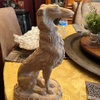
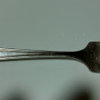
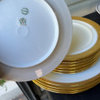

antiquesilver
jlc102482Original Author
Related Professionals
Hastings Furniture & Accessories · Rome Furniture & Accessories · West Palm Beach Furniture & Accessories · Wichita Furniture & Accessories · Maplewood Furniture & Accessories · Manassas Painters · Grand Rapids Painters · Jensen Beach Painters · Lansing Painters · Plano Painters · Sedona Painters · Phoenix Furniture & Accessories · Carlsbad Furniture & Accessories · Fort Worth Professional Organizers · New Brunswick Professional Organizersantiquesilver
lindac
jemdandy
jlc102482Original Author
lindac
calliope
jlc102482Original Author
calliope
jemdandy
calliope
CapHillHandyman